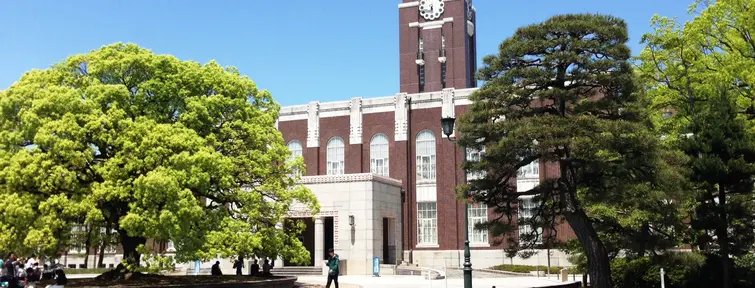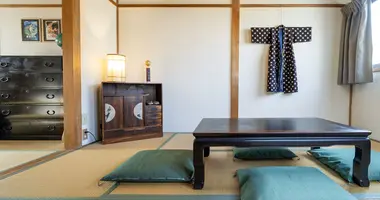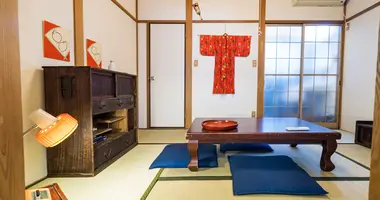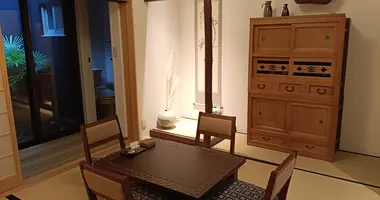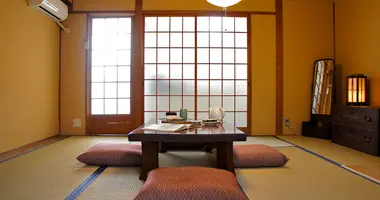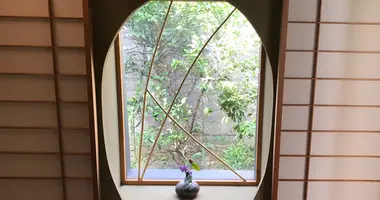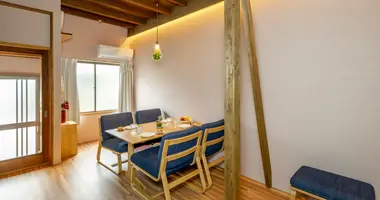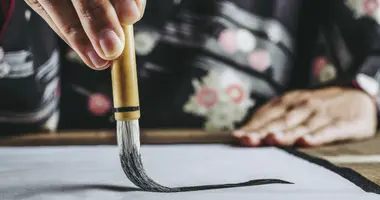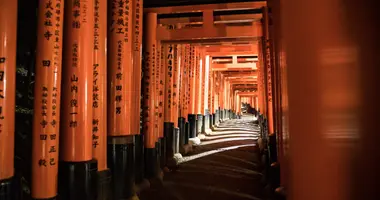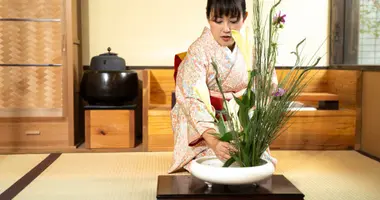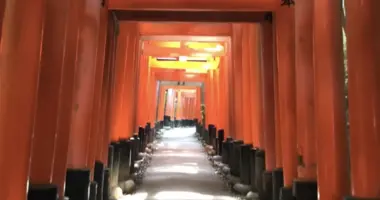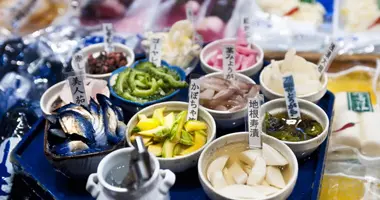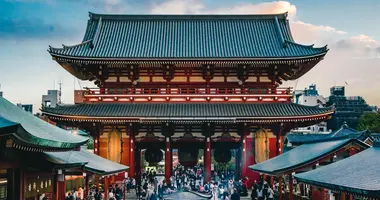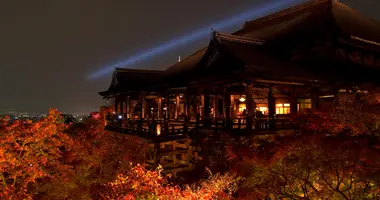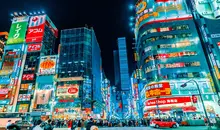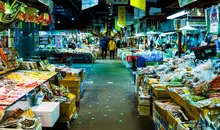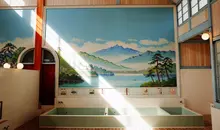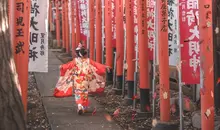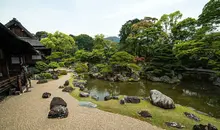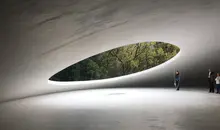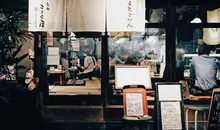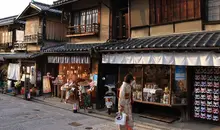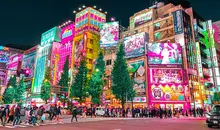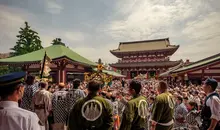Kyoto University
- Published on : 28/12/2023
- by : Japan Experience
- Youtube
Overview and history of Kyoto University
Kyoto University is a renowned national research university located in Kyoto, Japan. Founded in 1897, it is the second oldest university in Japan and one of the former imperial universities. Kyoto University was established during a time when the role of science and technology in society was rapidly expanding, and the idea of universities pursuing research in addition to education was gaining momentum.
Since its founding, Kyoto University has consistently pursued its core mission of contributing to harmonious coexistence within the global community by promoting original and creative research, creating new intellectual values, and fostering capable human resources who can generate such new values. The university has made significant achievements as one of Japan's leading research-oriented universities, as evidenced by the fact that it has produced more Nobel Prize and Fields Medal-winning research than any other university in Asia.
In 2017, Kyoto University was appointed by the Japanese government as a Designated National University, further exploring new avenues of development. Throughout its 125-year history, the university's pioneering spirit of creativity and diversity has borne much fruit, and it continues to make the utmost efforts to contribute to society through the creation of new intellectual value and the cultivation of outstanding human resources.
Campuses and organization
Kyoto University is organized across three main campuses: Yoshida, Uji, and Katsura, each playing a distinct role in the university's academic and research activities. The Yoshida Campus, situated in Sakyo, Kyoto, is the oldest and serves as the university's central hub. It is characterized by its mix of architectural styles, from historic brick buildings to modern research facilities. The Uji Campus, located in Uji, Kyoto, houses several research institutes and centers focusing on natural sciences and energy, while the Katsura Campus, in Nishikyo, Kyoto, is recognized as a 'Techno-science Hill' for its forward-looking approach to research and education in engineering and informatics.
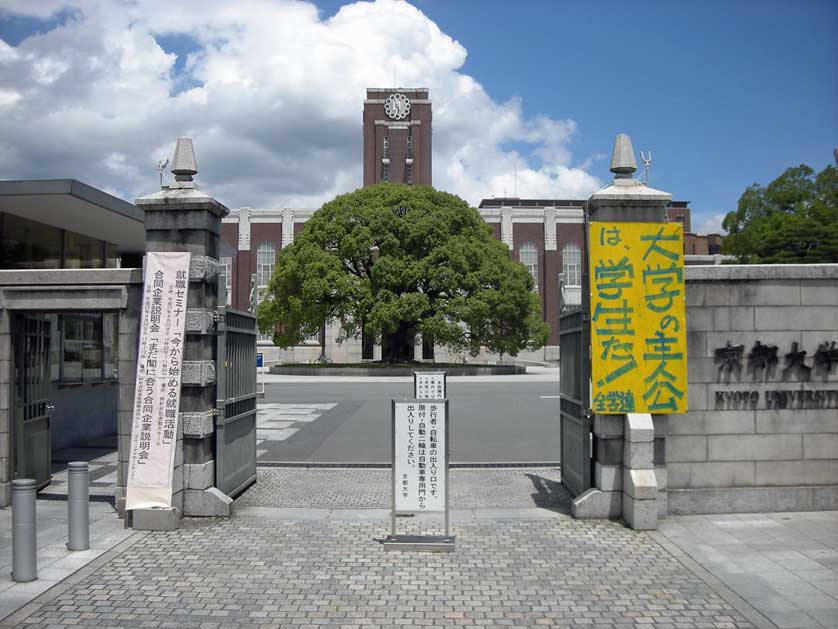
Main entrance, Kyoto University, Japan
The university is organized into 10 undergraduate faculties and 19 graduate schools. As of May 2023, the university's student body consists of 13,038 undergraduates and 9,577 postgraduates, with 2,249 international students. The president of the university is Nagahiro Minato, who assumed office in October 2020 and is expected to serve until September 2026.
Undergraduate and graduate programs
Kyoto University offers a wide range of undergraduate and graduate programs across its 10 faculties and 18 graduate schools. The faculties include Integrated Human Studies, Letters, Education, Law, Economics, Science, Medicine, Pharmaceutical Sciences, Engineering, and Agriculture. In their first academic year, students take university-wide liberal arts and science courses covering common subjects, some taught in English. Subsequently or concurrently, they also begin to study subjects from their chosen fields.
At the graduate level, Kyoto University has 18 Graduate Schools offering master's, doctoral, and professional degree programs, all of which are available for international students. These include Letters, Education, Law, Economics, Science, Medicine, Pharmaceutical Sciences, Engineering, Agriculture, Human and Environmental Studies, Energy Science, Asian and African Area Studies, Informatics, Biostudies, and Global Environmental Studies.
International programs and opportunities for international students
Kyoto University offers a range of international programs aimed at both its students and international students seeking to study there, across undergraduate and postgraduate levels. At the undergraduate level, the university provides degrees available for international students across all 10 faculties, with core modules available in English to cater to the needs of international students. The Kyoto University International Undergraduate Program (Kyoto iUP) is a notable initiative, offering a comprehensive 4.5-year program that consists of a six-month preparatory course followed by a four-year normal undergraduate degree program. This program is designed for students with no Japanese language proficiency and offers various financial support options, including admission/tuition fee waivers and monthly scholarships.
At the graduate level, international students are well-represented, with over 2,000 international students enrolled. The university facilitates a conducive learning environment with English-taught programs, Japanese language education, and scholarships tailored to international students' needs.
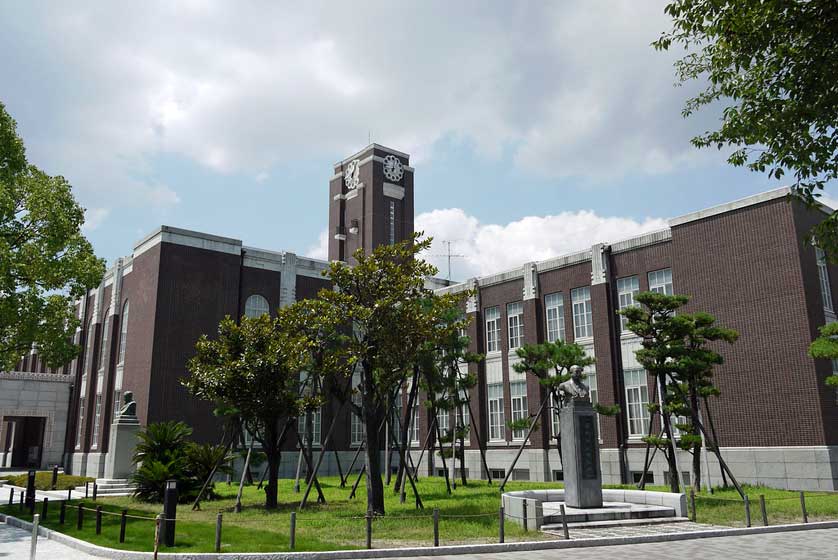 Kyoto University, JapanKyoto University campus, Kyoto, Japan
Kyoto University, JapanKyoto University campus, Kyoto, Japan
Research institutes, facilities, and notable research achievements
Kyoto University has 13 research institutes and numerous research facilities that contribute to its status as a leading research institution. These include the Institute for Chemical Research, Institute for Research in Humanities, Institute for Life and Medical Sciences, Institute of Advanced Energy, Research Institute for Sustainable Humanosphere, Disaster Prevention Research Institute, Yukawa Institute for Theoretical Physics, Kyoto Institute of Economic Research, Research Institute for Mathematical Sciences, Institute for Integrated Radiation and Nuclear Science, Center for the Evolutionary Origins of Human Behavior, Center for Southeast Asian Studies, and the Kyoto University Institute for Advanced Study.
The university has a long history of groundbreaking research and notable achievements. As of 2021, Kyoto University has produced 13 Nobel laureates, including Hideki Yukawa (Physics, 1949), Shinichiro Tomonaga (Physics, 1965), Kenichi Fukui (Chemistry, 1981), Susumu Tonegawa (Physiology or Medicine, 1987), Ryoji Noyori (Chemistry, 2001), Makoto Kobayashi and Toshihide Maskawa (Physics, 2008), Shinya Yamanaka (Physiology or Medicine, 2012), Isamu Akasaki (Physics, 2014), Tasuku Honjo (Physiology or Medicine, 2018), and Akira Yoshino (Chemistry, 2019). The university has also produced two Fields Medalists, Heisuke Hironaka (1970) and Shigefumi Mori (1990), and one Gauss Prize winner, Kiyosi Itô.
Academic rankings, reputation, and selectivity
Kyoto University maintains a high academic reputation and is regarded as one of the nation's top two universities, along with the University of Tokyo. In international rankings, it consistently ranks among the top universities in Asia and the world. Times Higher Education World University Rankings ranked Kyoto University 55th in the world in 2023 (2nd in Japan), while QS World University Rankings placed it 46th in the world in 2023 (2nd in Japan). The Academic Ranking of World Universities ranked Kyoto University 39th in the world in 2023 (2nd in Japan), and in the Nature Index 2023 annual table, the university was ranked 44th among all leading research institutions in the world (2nd in Japan) for its output in selected journals in the fields of natural sciences and health sciences research.
Kyoto University is one of the most selective universities in Japan. The selectivity for its undergraduate degrees is usually regarded as among the top two, along with the University of Tokyo.
Notable alumni and affiliated Nobel laureates
Kyoto University has a distinguished list of alumni and affiliated individuals, including numerous Nobel laureates, prime ministers, and notable figures in various fields. Of the 19 Nobel Prize winners affiliated with Kyoto University, eight attended the university as undergraduate students. These include Hideki Yukawa (Physics, 1949), Shinichiro Tomonaga (Physics, 1965), Kenichi Fukui (Chemistry, 1981), Susumu Tonegawa (Physiology or Medicine, 1987), Ryoji Noyori (Chemistry, 2001), Makoto Kobayashi and Toshihide Maskawa (Physics, 2008), Shinya Yamanaka (Physiology or Medicine, 2012), Isamu Akasaki (Physics, 2014), Tasuku Honjo (Physiology or Medicine, 2018), and Akira Yoshino (Chemistry, 2019).
Notable alumni who have served as Prime Ministers of Japan include Hayato Ikeda (1960-1964), Kijūrō Shidehara (1945-1946), Tetsu Katayama (1947-1948), Prince Fumimaro Konoe (1940-1941), and Osachi Hamaguchi (1929-1931).
Other notable alumni include Lee Teng-hui (former President of Taiwan), Heisuke Hironaka and Shigefumi Mori (Fields Medalists), Kiyosi Itô (Gauss Prize winner), and numerous influential figures in literature, politics, science, and other fields.
Extracurricular activities, athletics, and student life at Kyoto University
Kyoto University offers a wide range of extracurricular activities, clubs, and societies that enhance student life on campus. The university has numerous officially recognized student organizations, including cultural clubs, athletic teams, and student committees. These organizations cover various interests, such as music, arts, literature, sports, volunteering, and more.
The university competes in 48 sports and is a member of the Kansai Big Six Baseball League. Inter-school year and laboratory sports competitions are held with the support of Kyodai Yakuyukai, promoting unity and interaction among students.
Student life at Kyoto University is enriched by the university's location in the historic and culturally rich city of Kyoto. The city offers numerous opportunities for students to explore Japanese culture, arts, and traditions. The university also provides various support services and facilities to ensure a comfortable and engaging student experience, such as dormitories, libraries, health services, and counseling support.
Despite its academic prominence, Kyoto University has not been immune to controversy. In 2006, members of the university's American football team were arrested for gang rape, highlighting the need for continued efforts in promoting a safe and respectful campus environment.
Overall, Kyoto University offers a unique blend of academic excellence, research prowess, and a vibrant student life, attracting talented students and researchers from around the world. Its commitment to fostering intellectual curiosity, creativity, and social responsibility continues to shape its identity as one of Japan's and the world's leading institutions of higher education.
For more information on Kyoto Museums & Art Galleries, click here.
